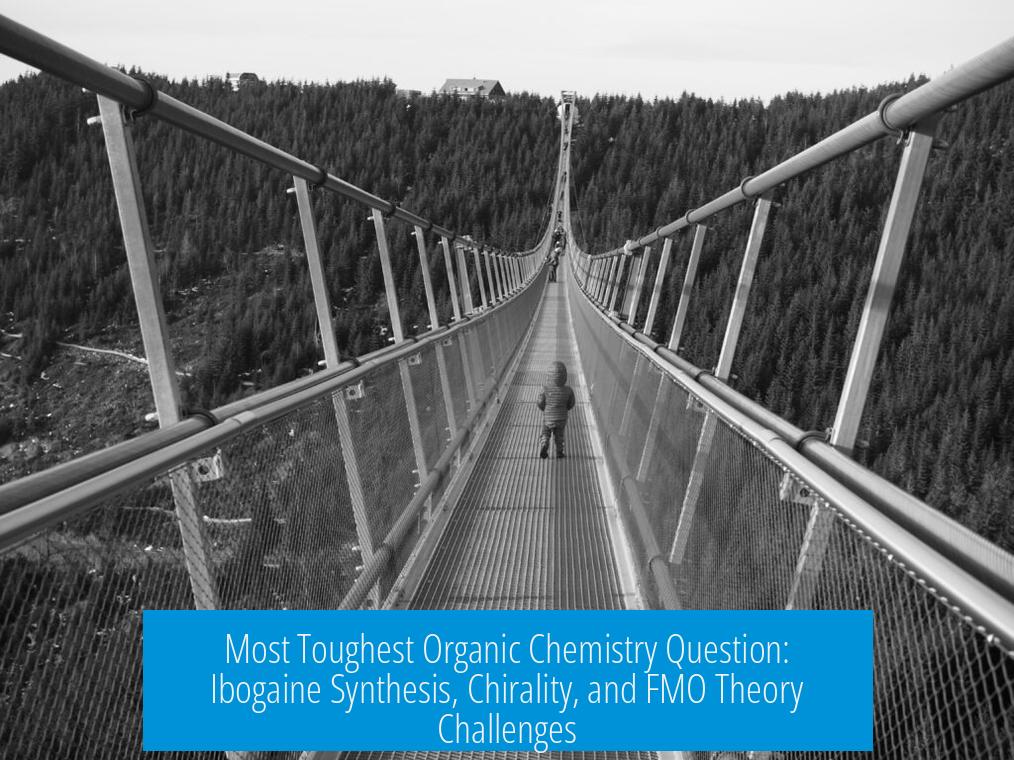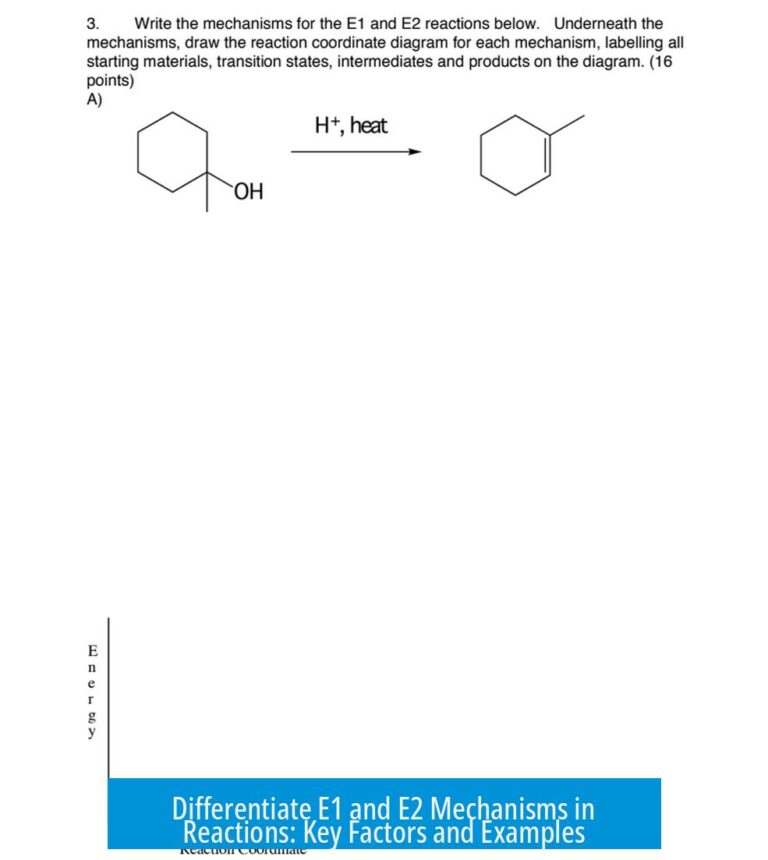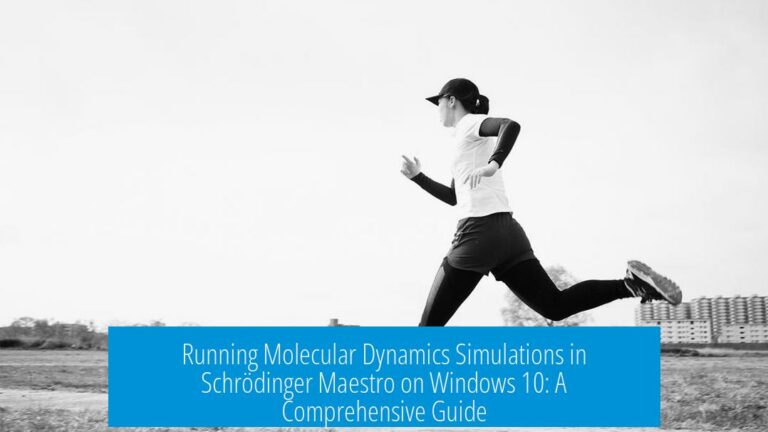Most Toughest Organic Chemistry Question
The toughest question in organic chemistry involves the total synthesis of ibogaine due to its multistep process, difficult chiral center manipulation, and complex stereoisomer separation. This synthesis challenges chemists with practical and theoretical obstacles, emphasizing problems in stereochemistry, isomer resolution, and synthetic feasibility.
Ibogaine Synthesis Complexity
Ibogaine’s total synthesis comprises thirteen steps. Each step demands precision, limiting scalability. The molecule has two chiral centers. These centers resist easy synthetic manipulation. This leads to four distinct isomers, complicating isolation and purity control.
- Two chiral centers create stereochemical complexity
- Four isomers arise, difficult to resolve chromatographically or chemically
- Starting from simple precursors like nicotinic acid is impractical for large-scale synthesis
- Typically, synthetic efforts focus on resynthesizing ibogaine from its metabolites
This difficulty reflects broader synthetic organic challenges: achieving stereoselectivity and controlling isomer formation in natural product synthesis. Ibogaine serves as a prime example where synthetic strategy and stereochemical control are critical.
Chirality’s Role in Biology and Medicine
Another deep question concerns why biological systems favor levorotatory (L-) amino acids. This preference affects protein folding, enzyme activity, and genetic expression. If dextrorotatory forms dominated, biological functions could differ drastically.
Pharmaceuticals illustrate this well. Thalidomide’s two enantiomers have opposing effects—one therapeutic, the other teratogenic. Understanding stereochemistry in drug design and metabolism remains an ongoing challenge for chemists and medical scientists.
Frontier Molecular Orbital (FMO) Theory Ambiguities
FMO theory questions, such as whether a resonance form can justify an atom’s orbital hybridization (e.g., sp2), present conceptual difficulties. These decisions affect reaction mechanism predictions and electronic structure interpretations.
There are no strict rules to resolve ambiguities, requiring expert judgment. These uncertainties complicate how chemists draw resonance structures and assign electronic configurations.
Key Takeaways
- Ibogaine synthesis is challenging due to long multistep processes and complex stereochemistry.
- Biological preference for L-amino acids significantly impacts chemistry, genetics, and medicine.
- FMO theory reveals conceptual issues in choosing valid resonance forms and orbital hybridizations.
- Organic chemistry’s toughest questions often involve stereochemical control, biological relevance, and theoretical clarity.





Leave a Comment